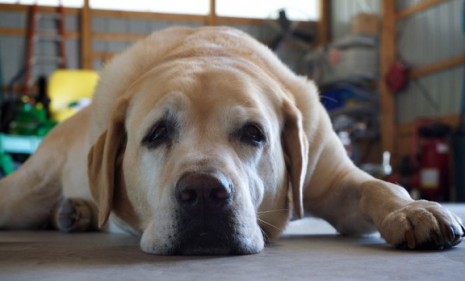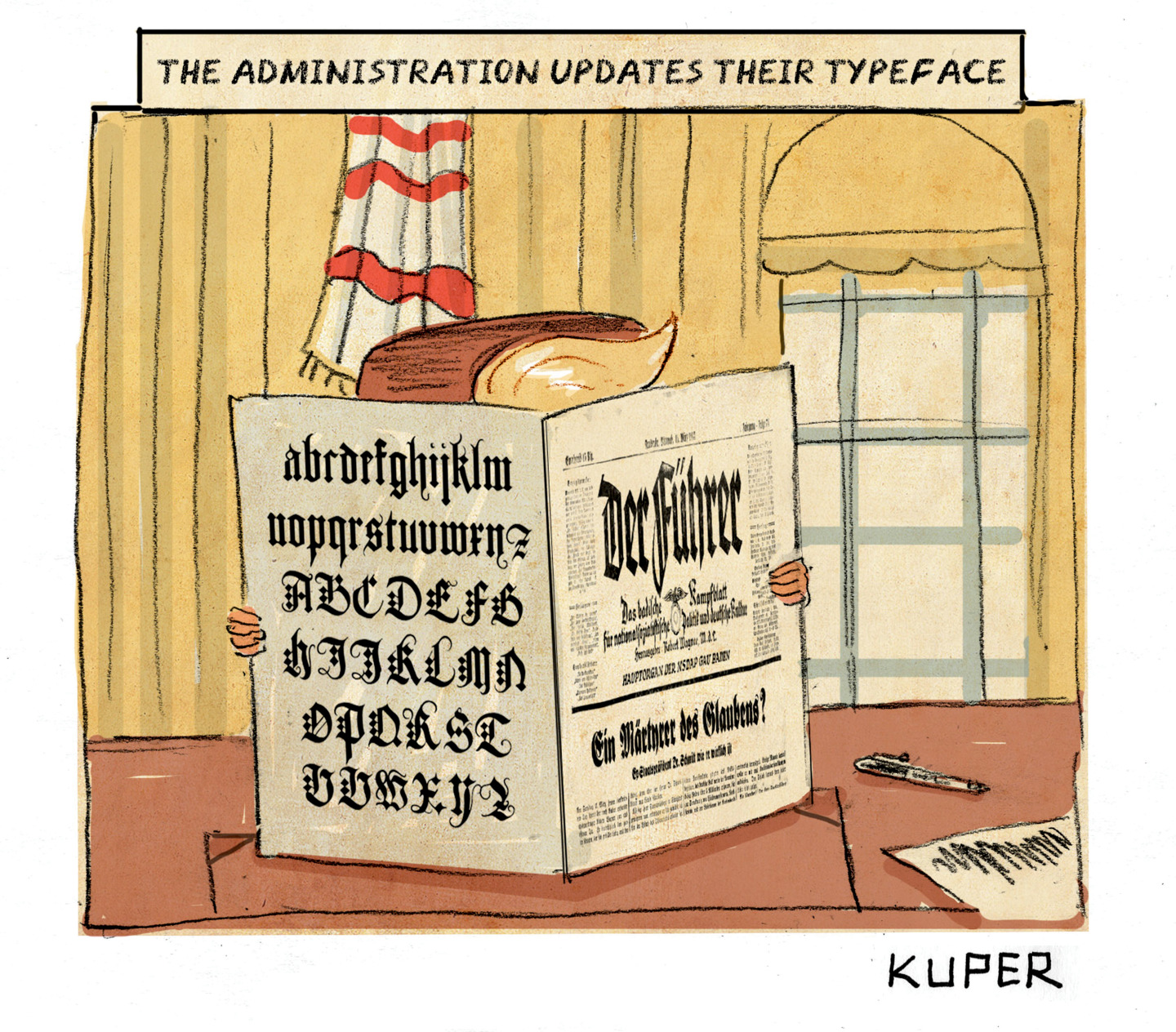Is your dog pessimistic?
New research finds that some dogs are more likely to see the food bowl as "half empty." Really?

As a species, dogs have a reputation for being carefree tail-waggers, but a study published this week in Current Biology has found that some dogs are prone to despair. How can pet owners spot a pessimistic dog and help it cope? Here, a brief guide to the findings:
What did the study find?
That dogs, like humans, don't all share the same outlook on life. Everyone knows that happy people are more likely than sad ones to put a positive spin on any "ambiguous situation," says lead researcher Mike Mendl, a professor at Bristol University's School of Clinical Veterinary Science. Similarly, says Mendl, "a 'glass-half-full' dog is less likely to be anxious when left alone than one with a more 'pessimistic' nature."
The Week
Escape your echo chamber. Get the facts behind the news, plus analysis from multiple perspectives.

Sign up for The Week's Free Newsletters
From our morning news briefing to a weekly Good News Newsletter, get the best of The Week delivered directly to your inbox.
From our morning news briefing to a weekly Good News Newsletter, get the best of The Week delivered directly to your inbox.
How do researchers know which dogs are pessimists?
They trained 24 dogs at two British animal shelters that when a bowl was put in a "positive" spot, it would be filled with food. When the bowl was placed in a "negative" location, it would be empty. Researchers then placed a bowl between these areas. The dogs that hurried to these "ambiguous locations" expecting a meal were labeled optimists, Mendl says, and those that assumed the bowl was empty were the pessimists.
How else do optimistic and pessimistic dogs behave differently?
The optimists, by and large, remain content when apart from their owners. Pessimists are more prone to what Mendl calls "separation-related behaviors" — going to the bathroom inside, barking, and destroying items around the house. "It is not so much that they are naughty pets destroying the house for fun," he says, "but that they are too owner-dependent, more pessimistic."
A free daily email with the biggest news stories of the day – and the best features from TheWeek.com
What does this mean for dog owners?
Many will have to deal with a pessimistic pet at some point — Mendl says about half the dogs in the U.K. will show "separation-related behaviors" sooner or later. Instead of punishing a dog that pees in the house or chews up a favorite pair of shoes, pet experts suggest working with an animal therapist to address the animal's "underlying negative emotional state." And early socialization and puppy training can head off anxiety before it starts, says Adam Goldfarb, director of the Pets at Risk program for the Humane Society of the United States. "A dog who is being destructive," he says, "is a dog whose needs aren't being met."
Sources: BBC News, Telegraph, R&D, Sydney Morning Herald
-
 ‘It’s hard not to feel for the distillers’
‘It’s hard not to feel for the distillers’Instant Opinion Opinion, comment and editorials of the day
-
 A long weekend in Fontainebleau
A long weekend in FontainebleauThe Week Recommends Less than an hour from Paris, this historic town is perfect for a short break
-
 Political cartoons for December 16
Political cartoons for December 16Cartoons Tuesday’s editorial cartoons include calibrating fonts, Christmas classics, and more